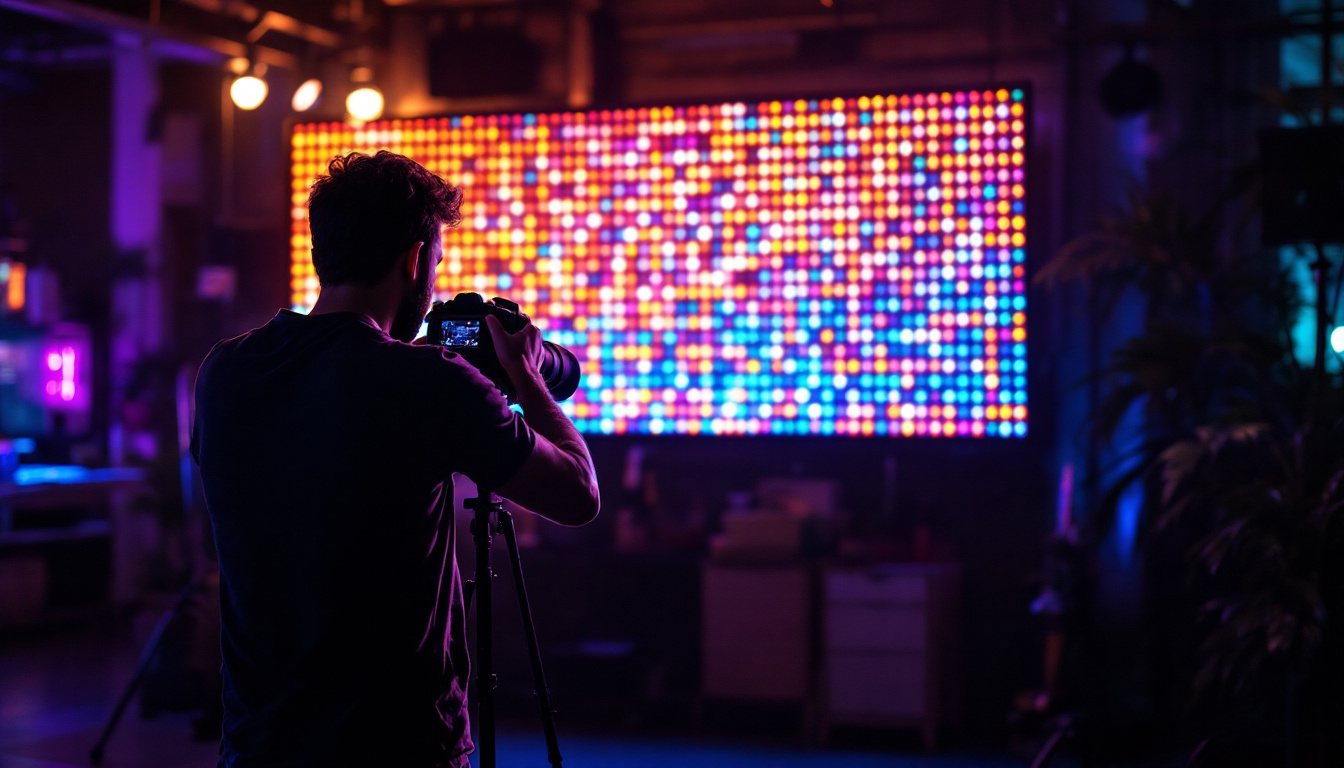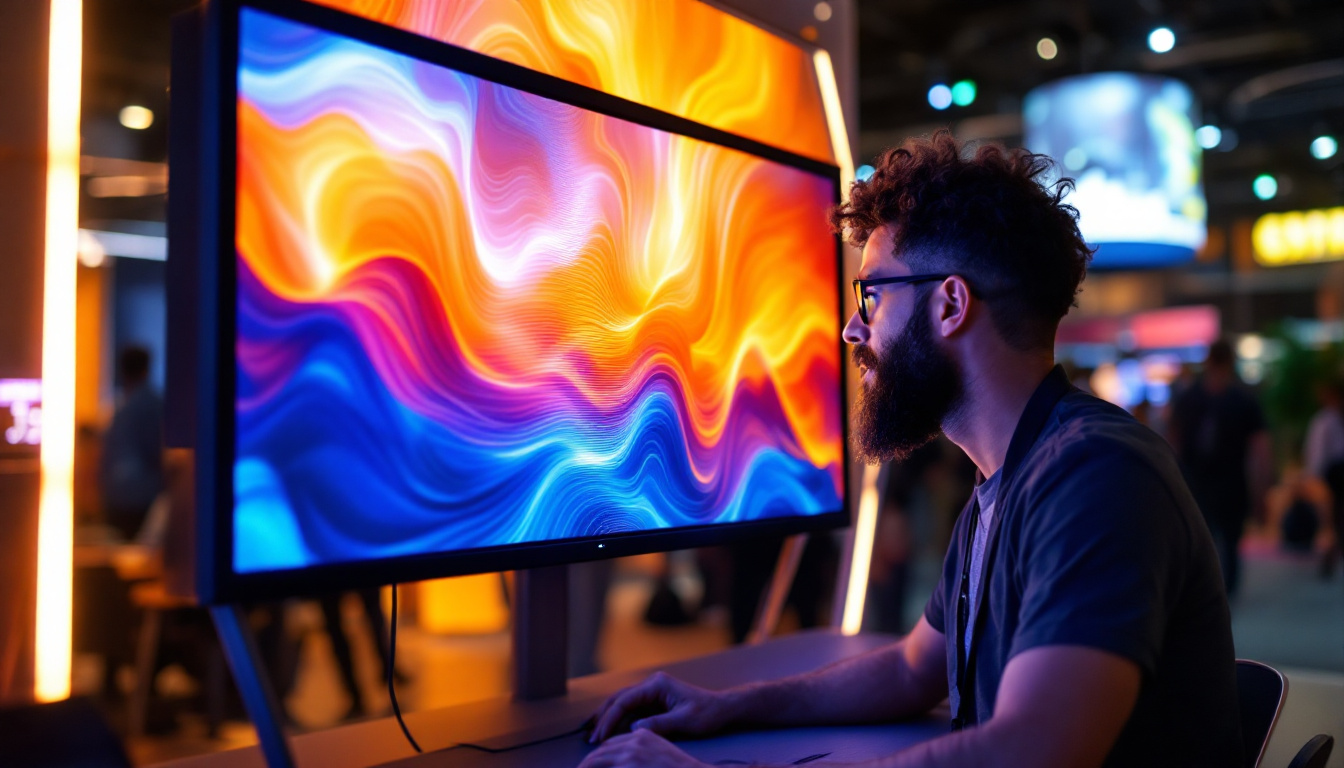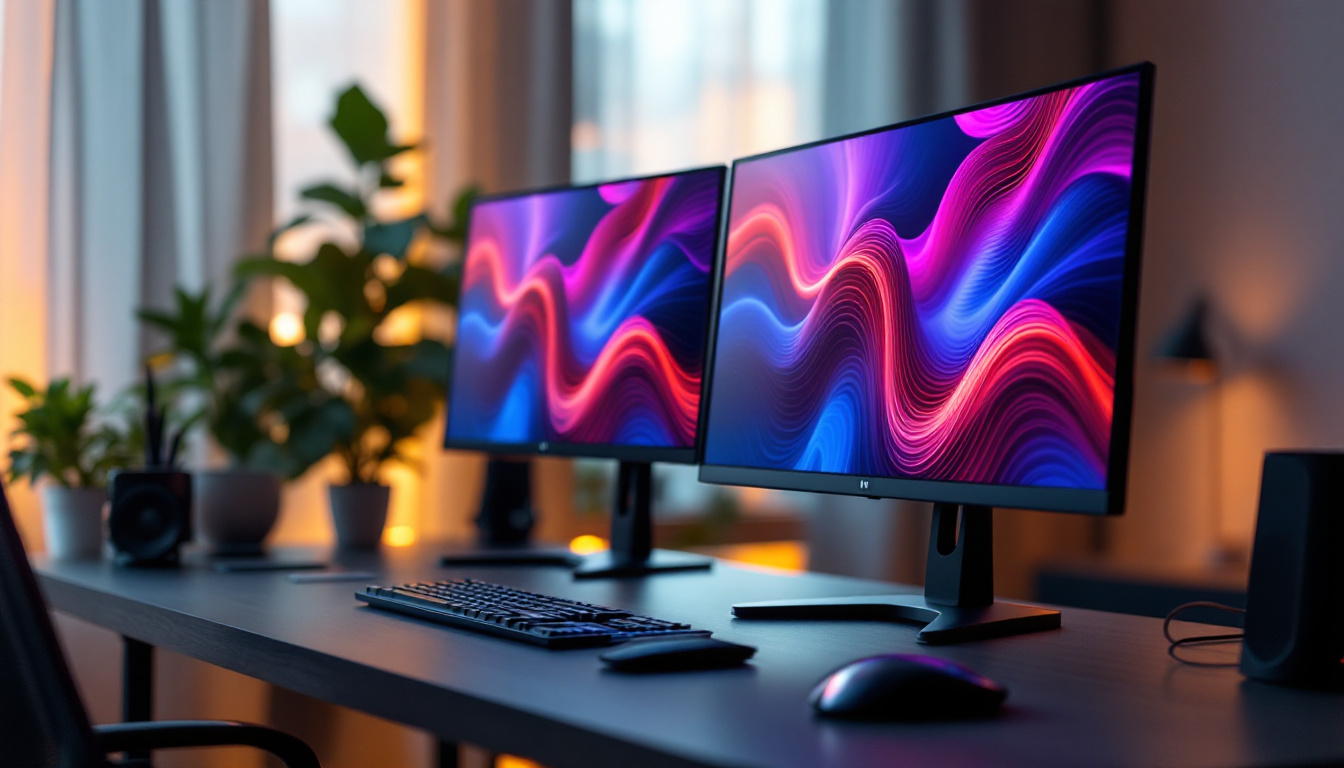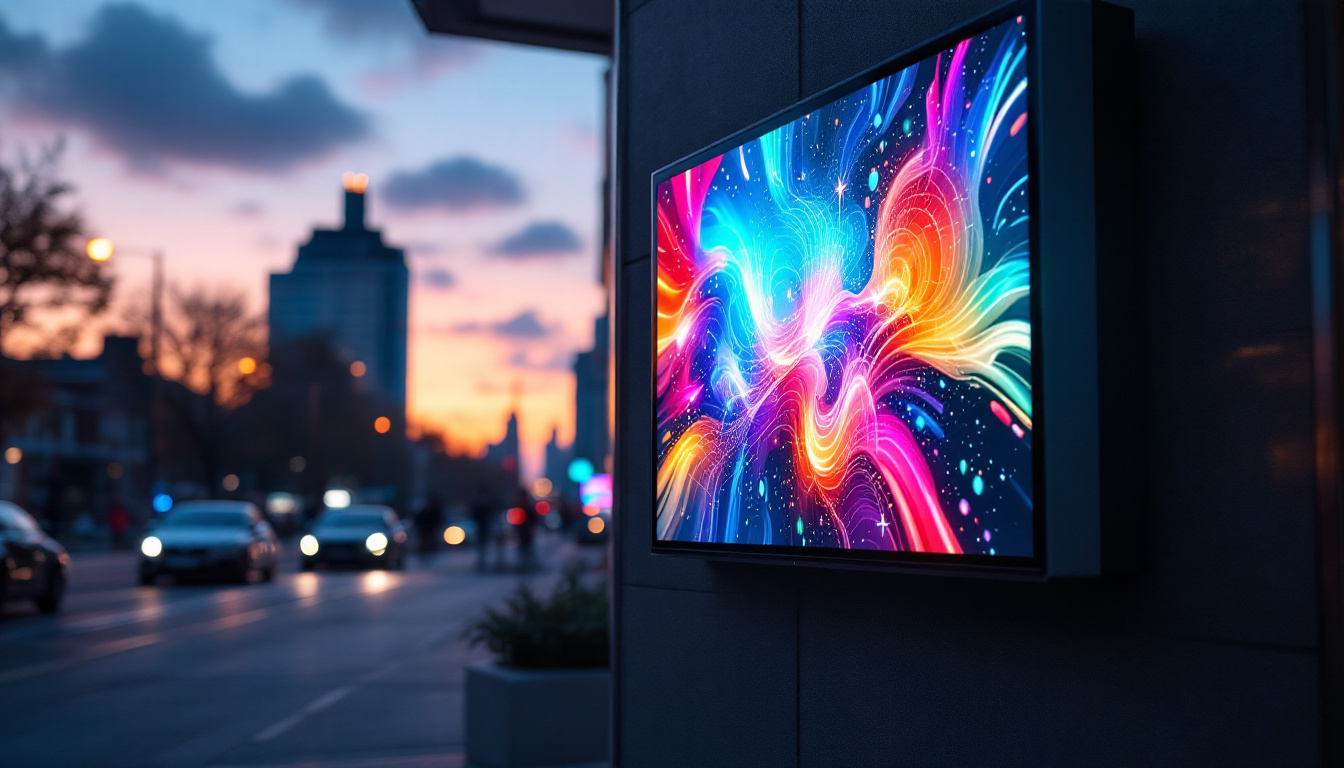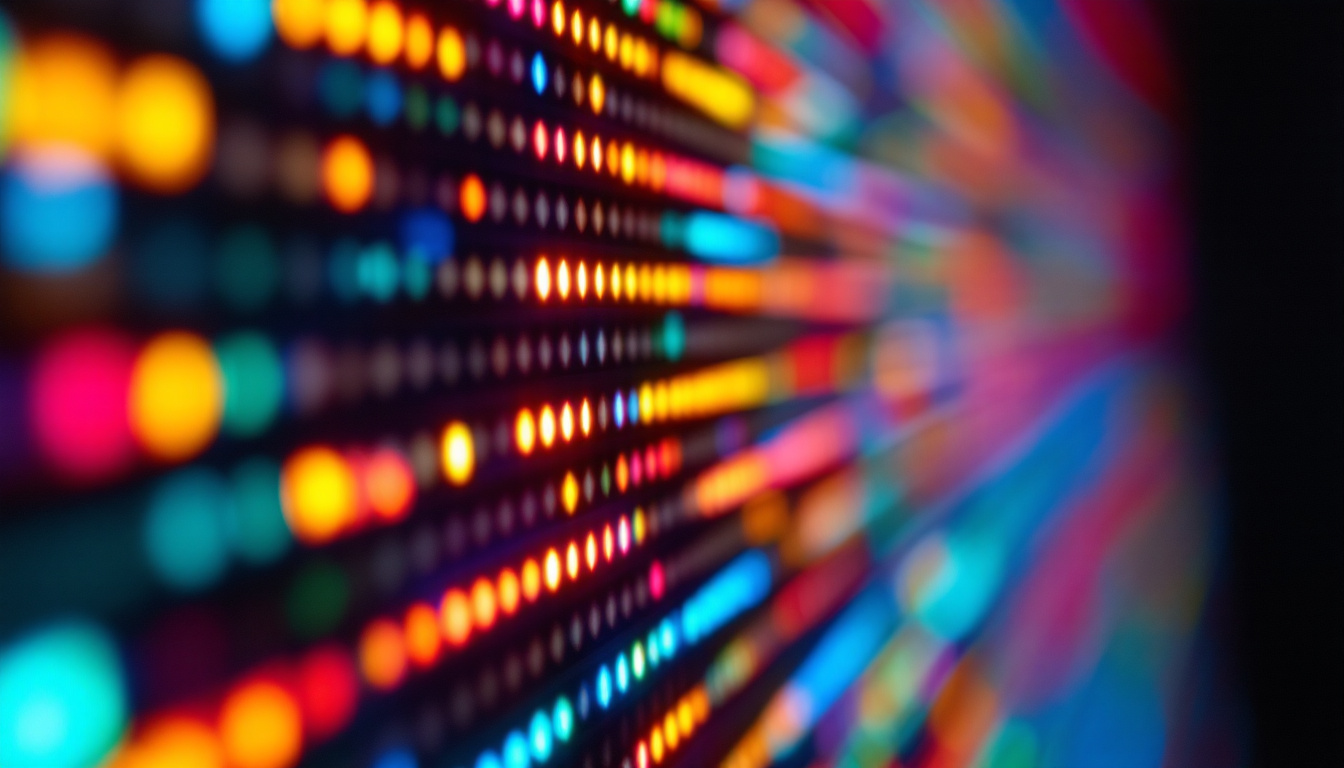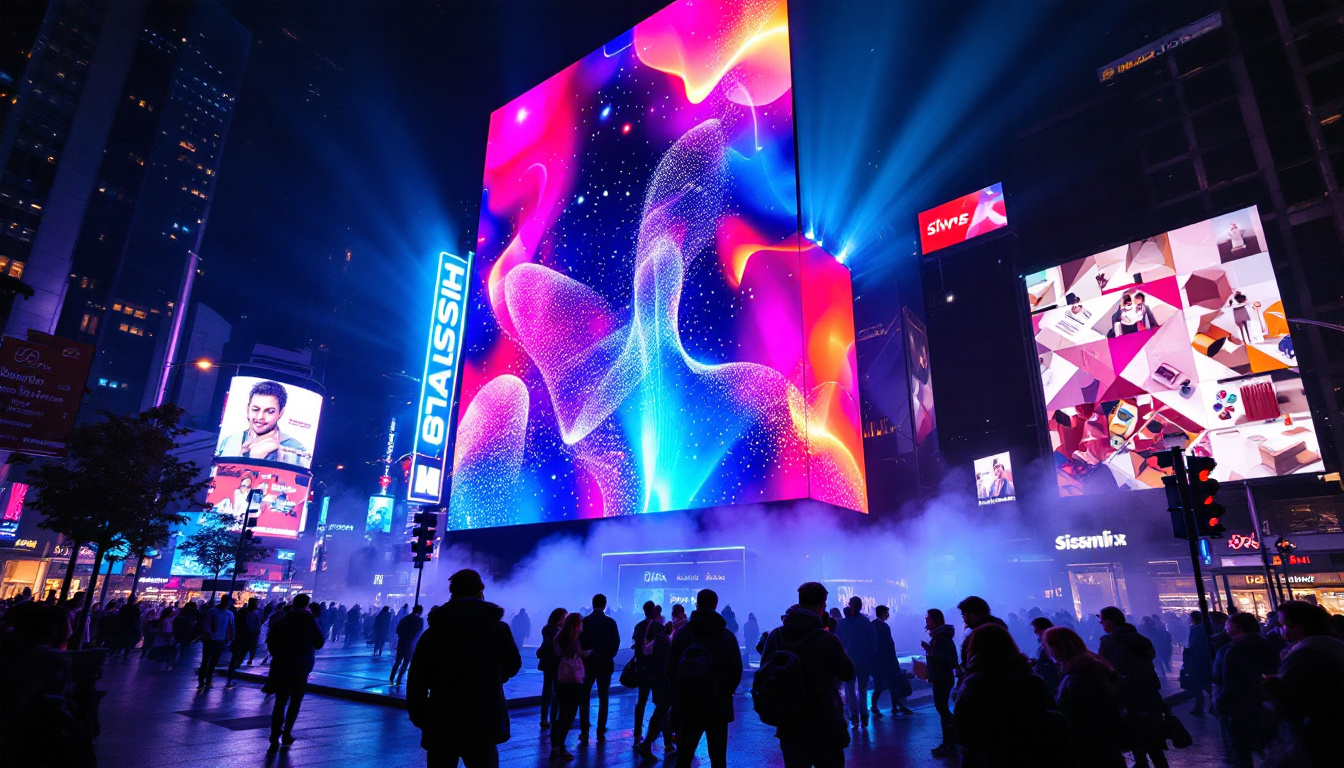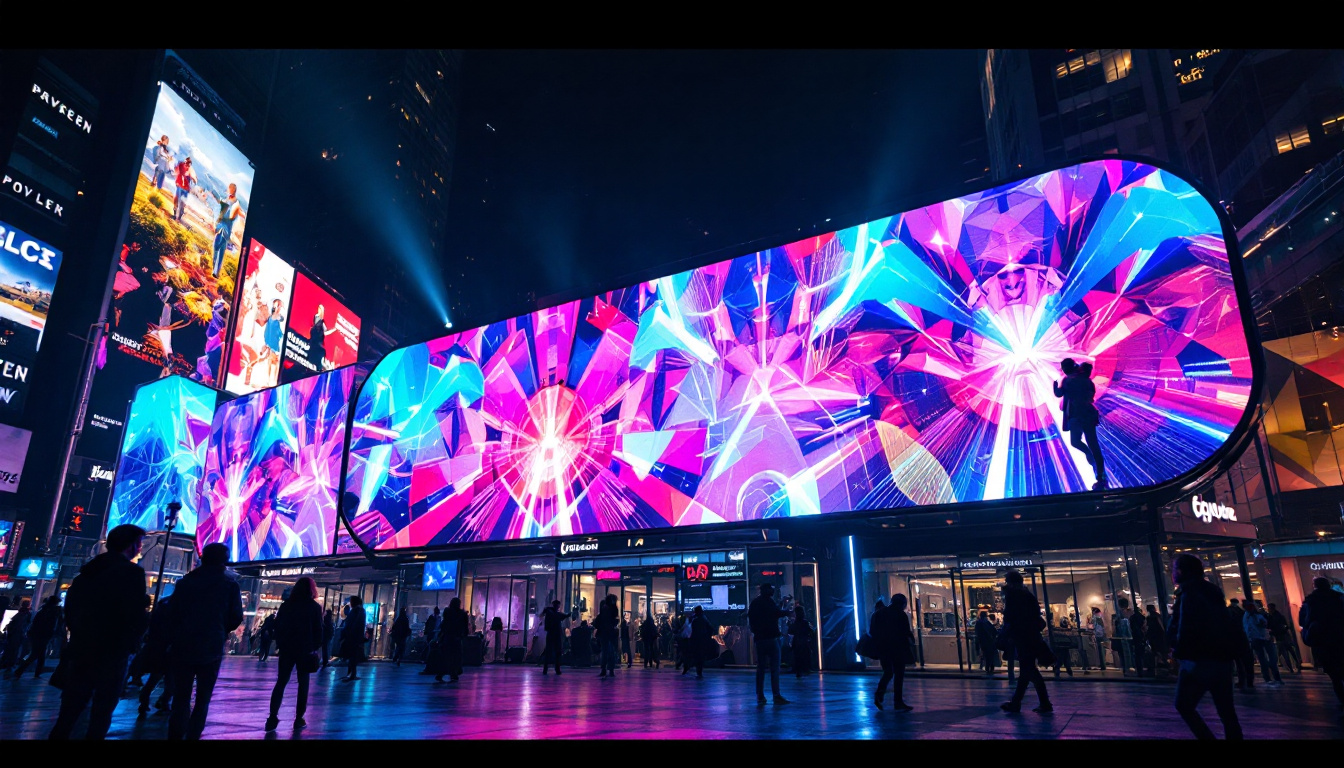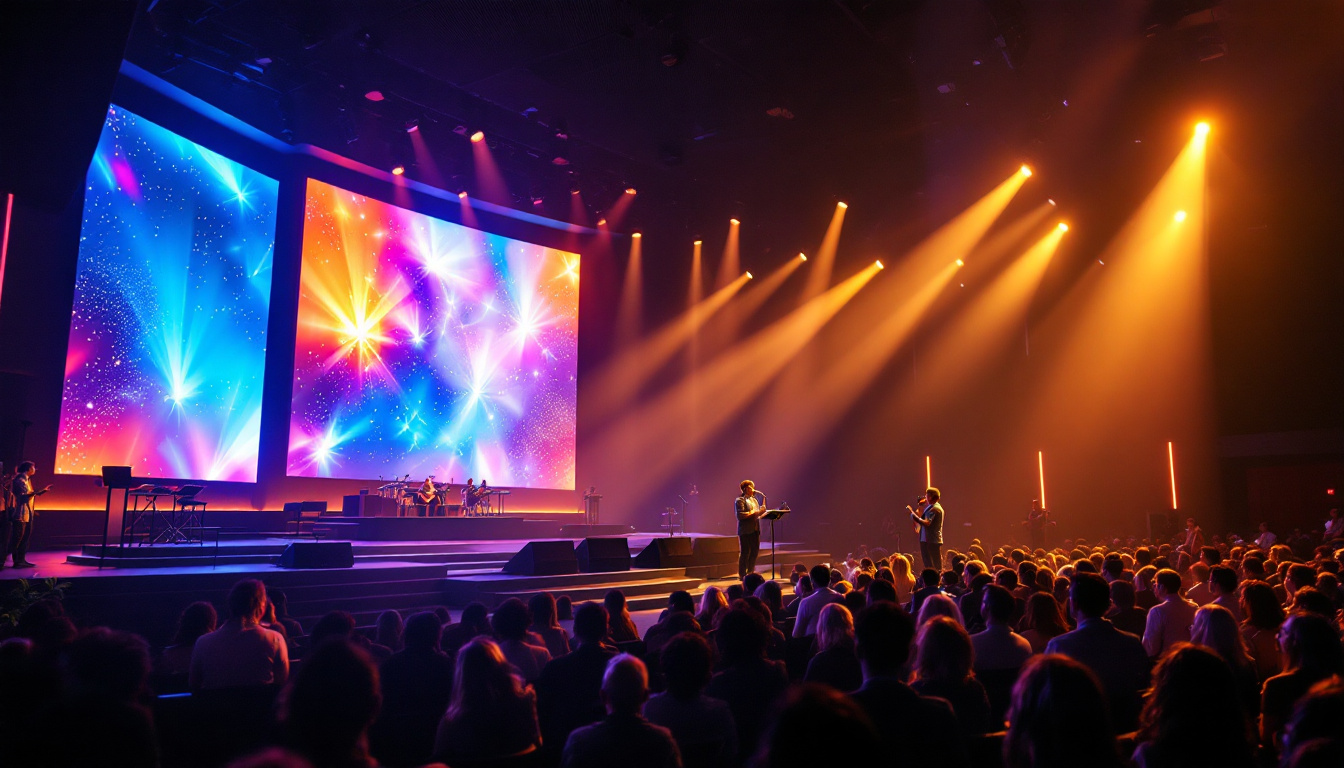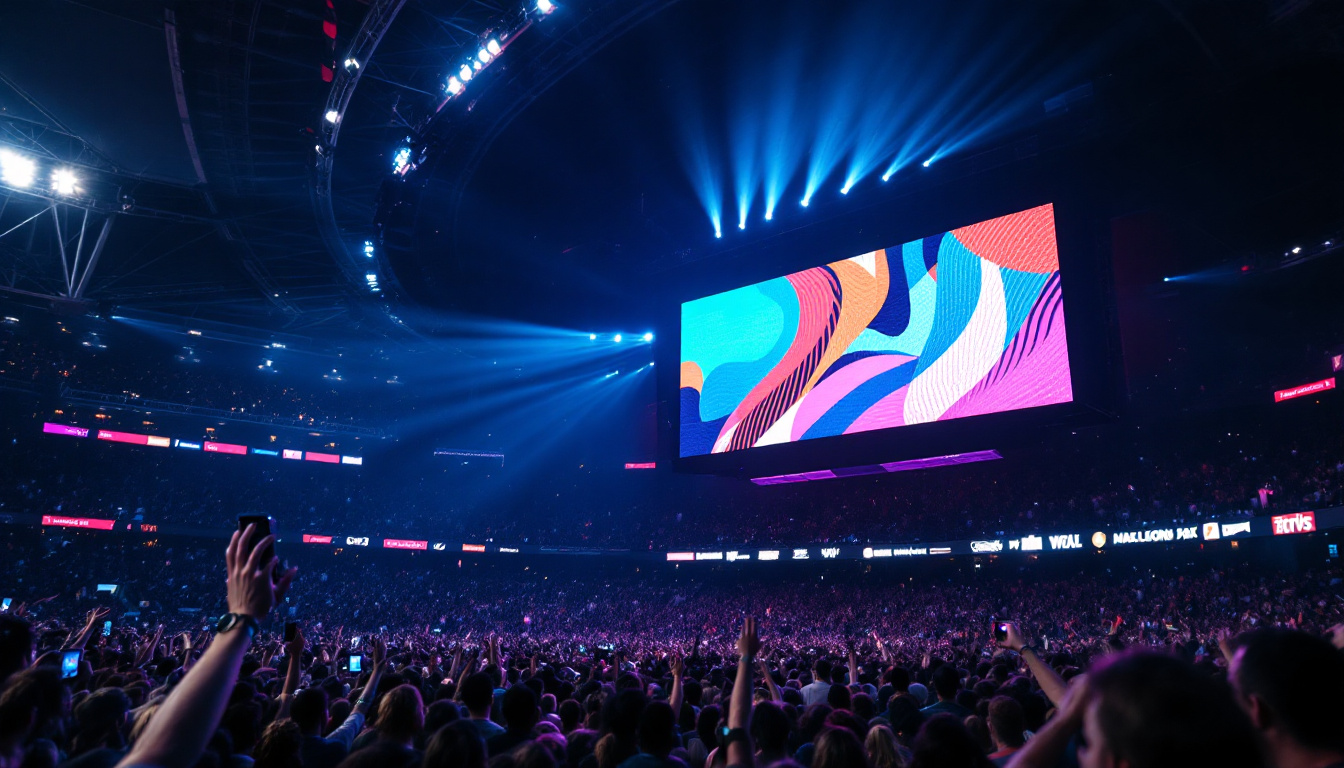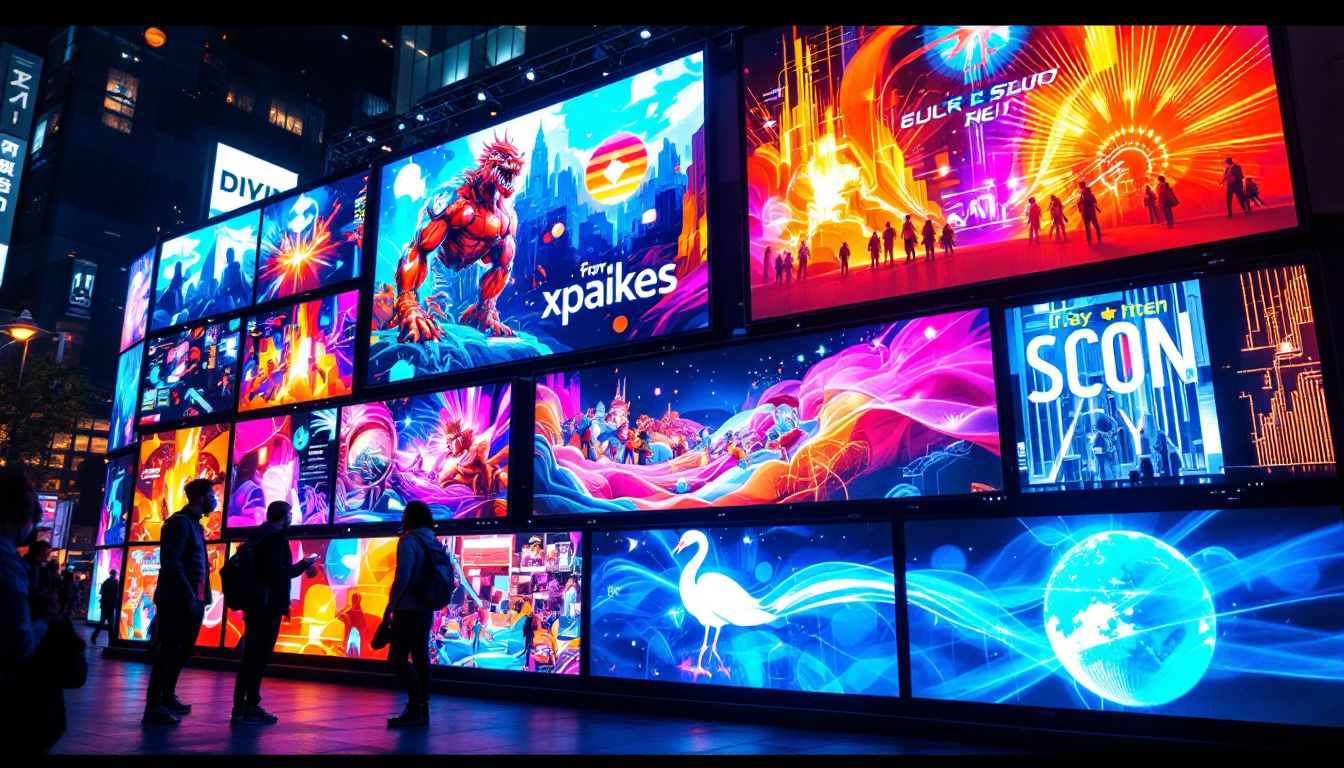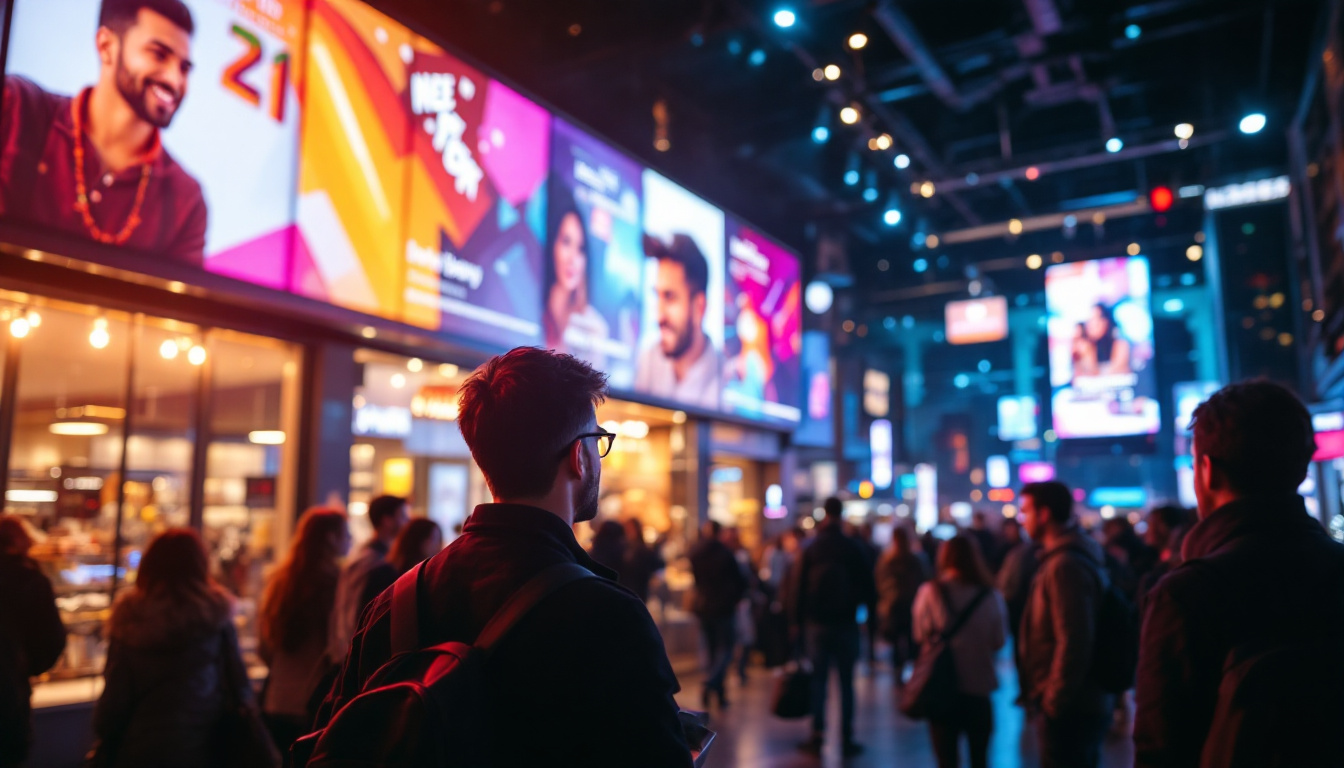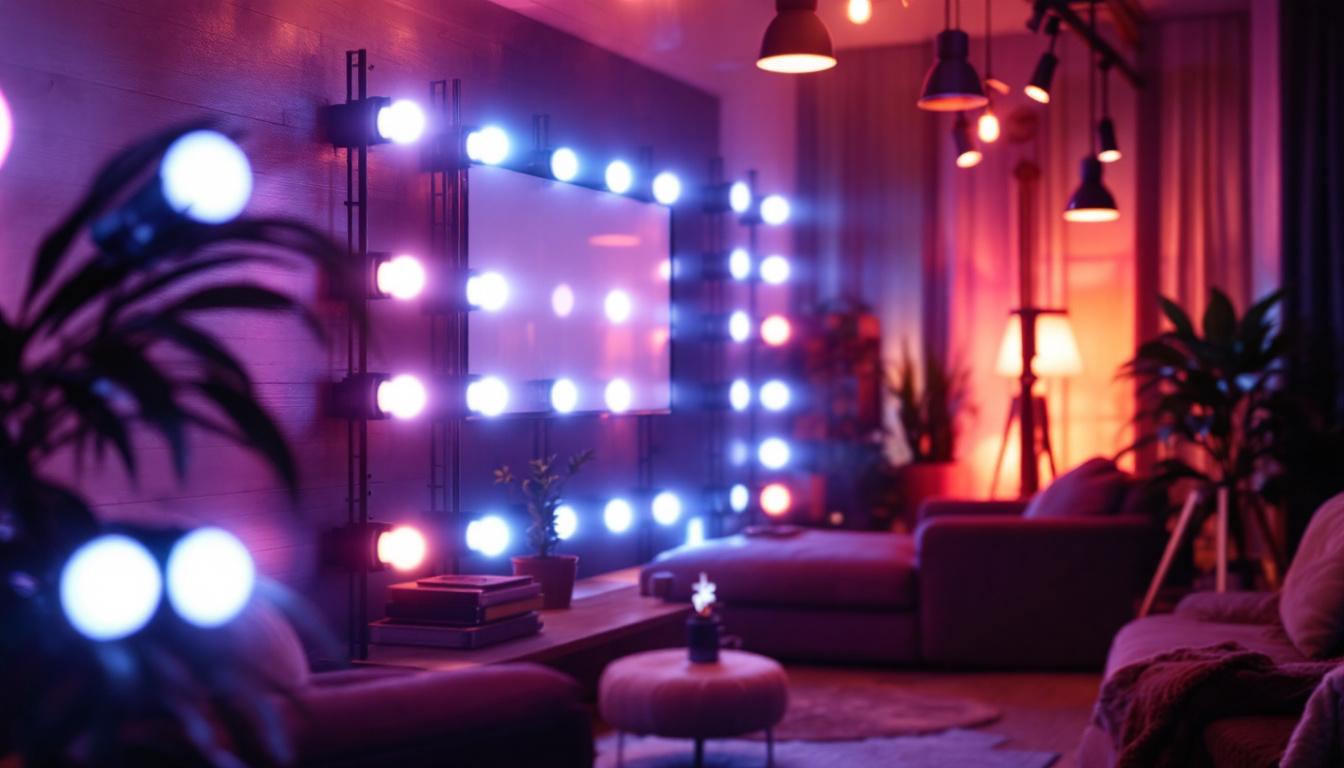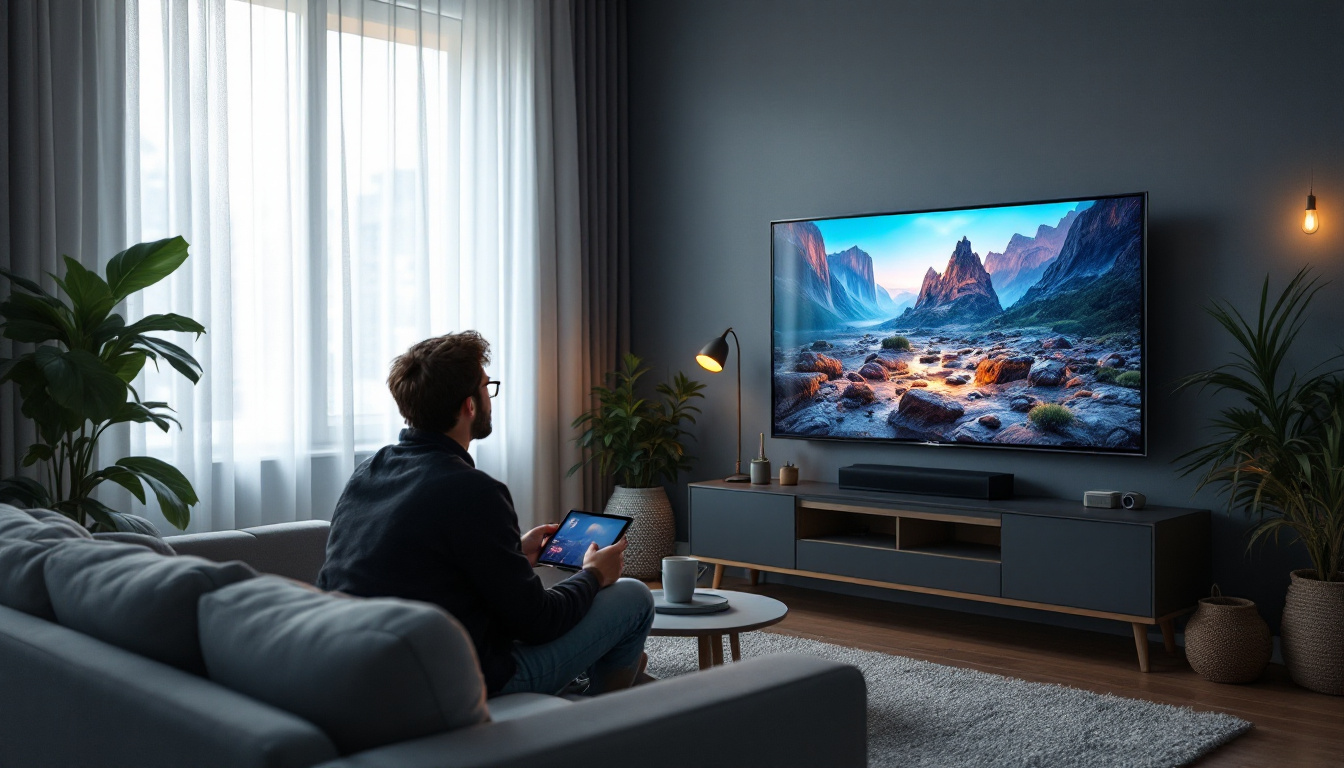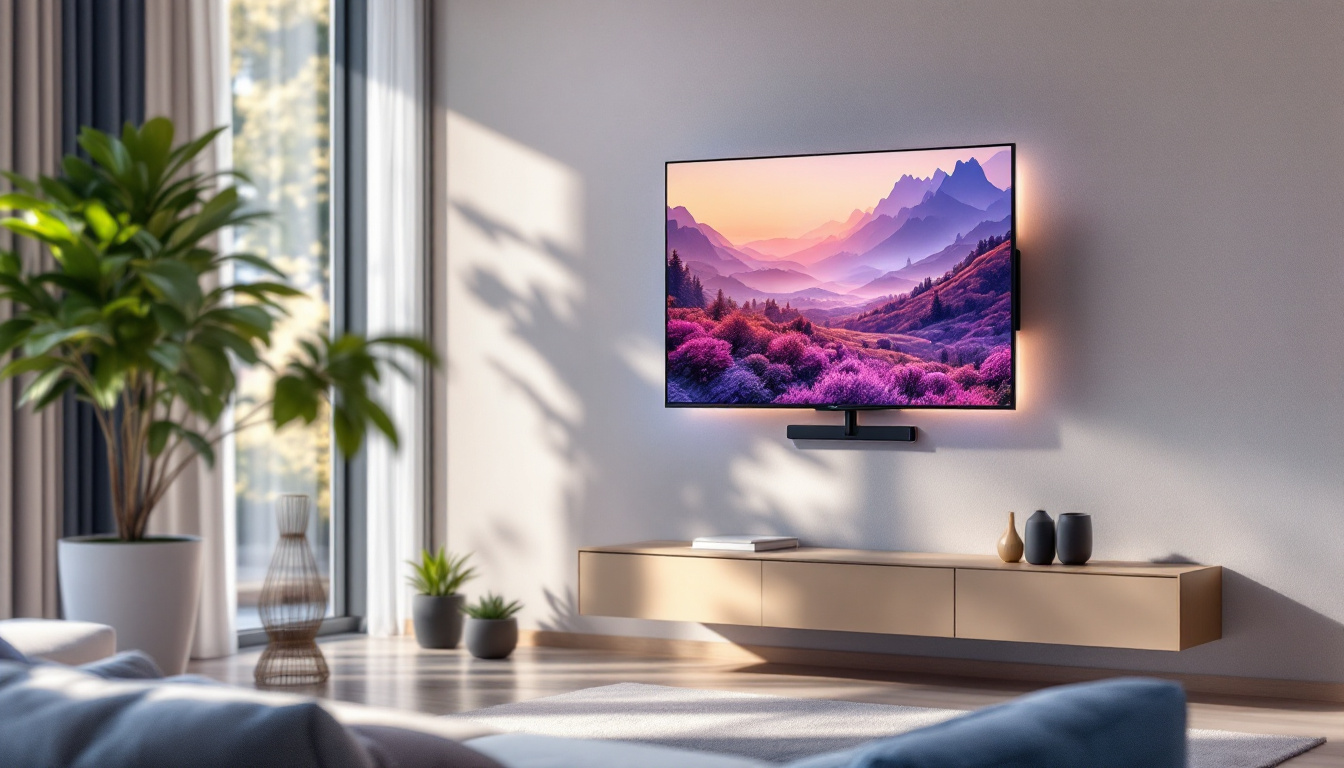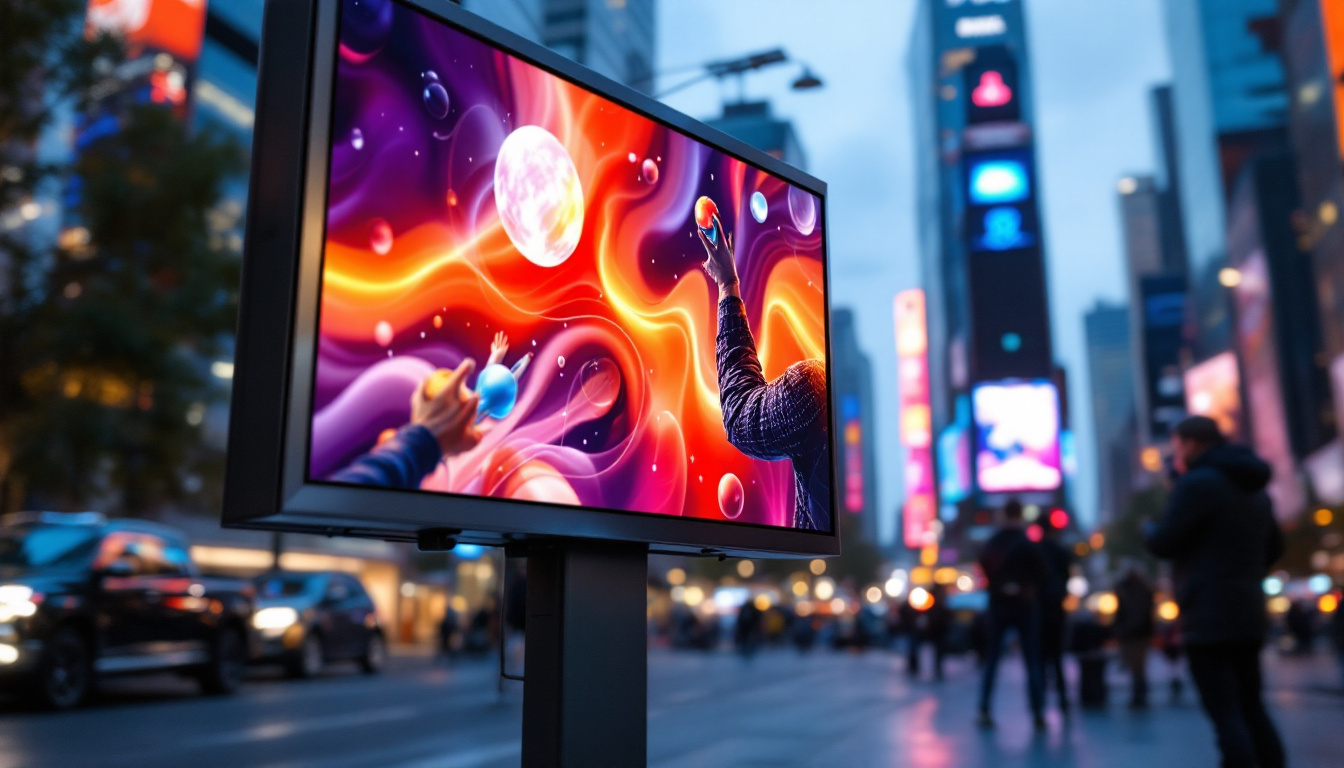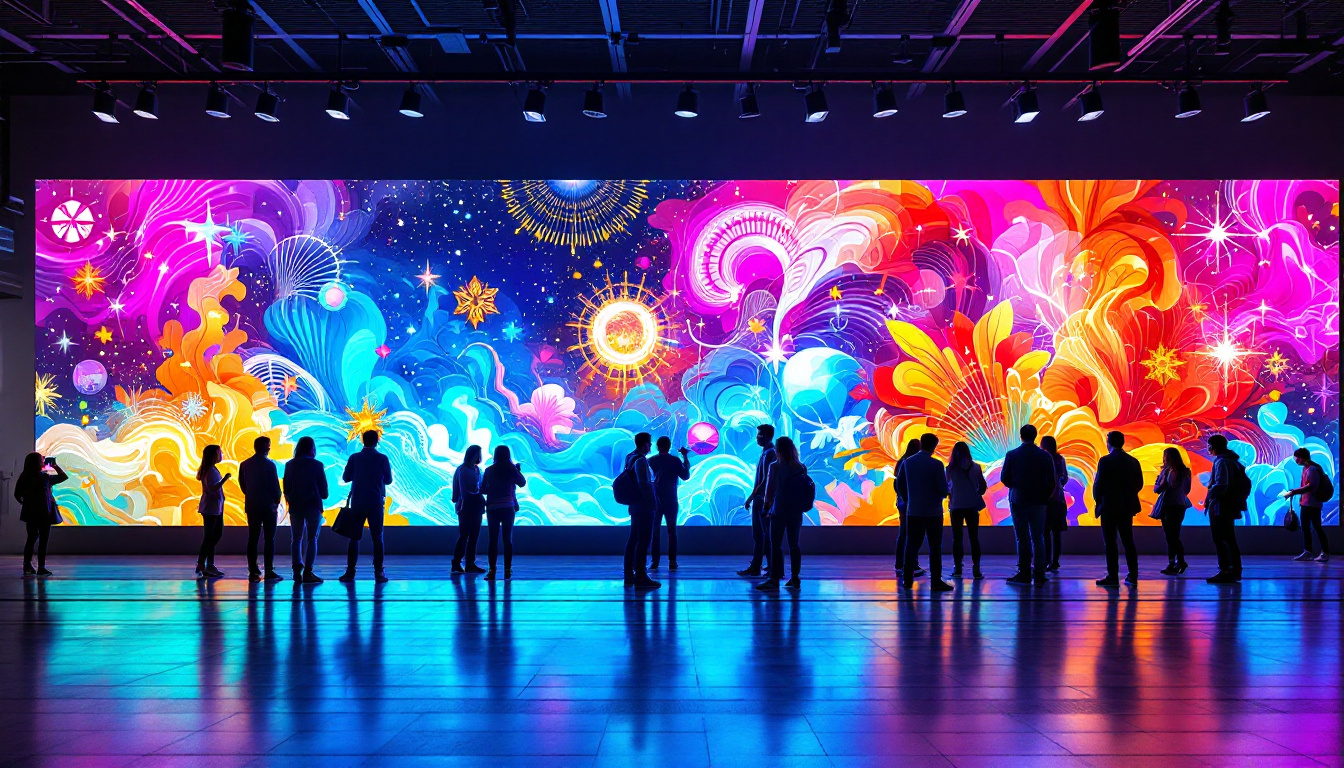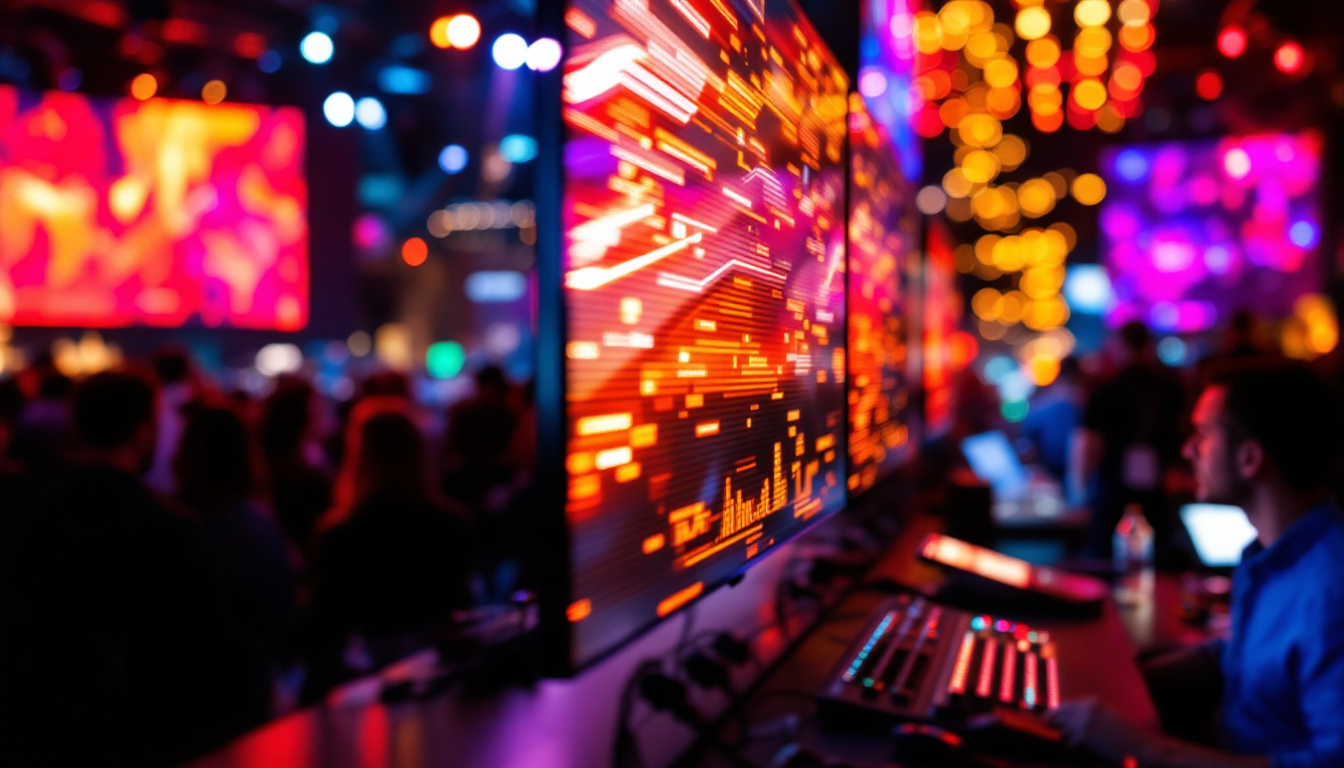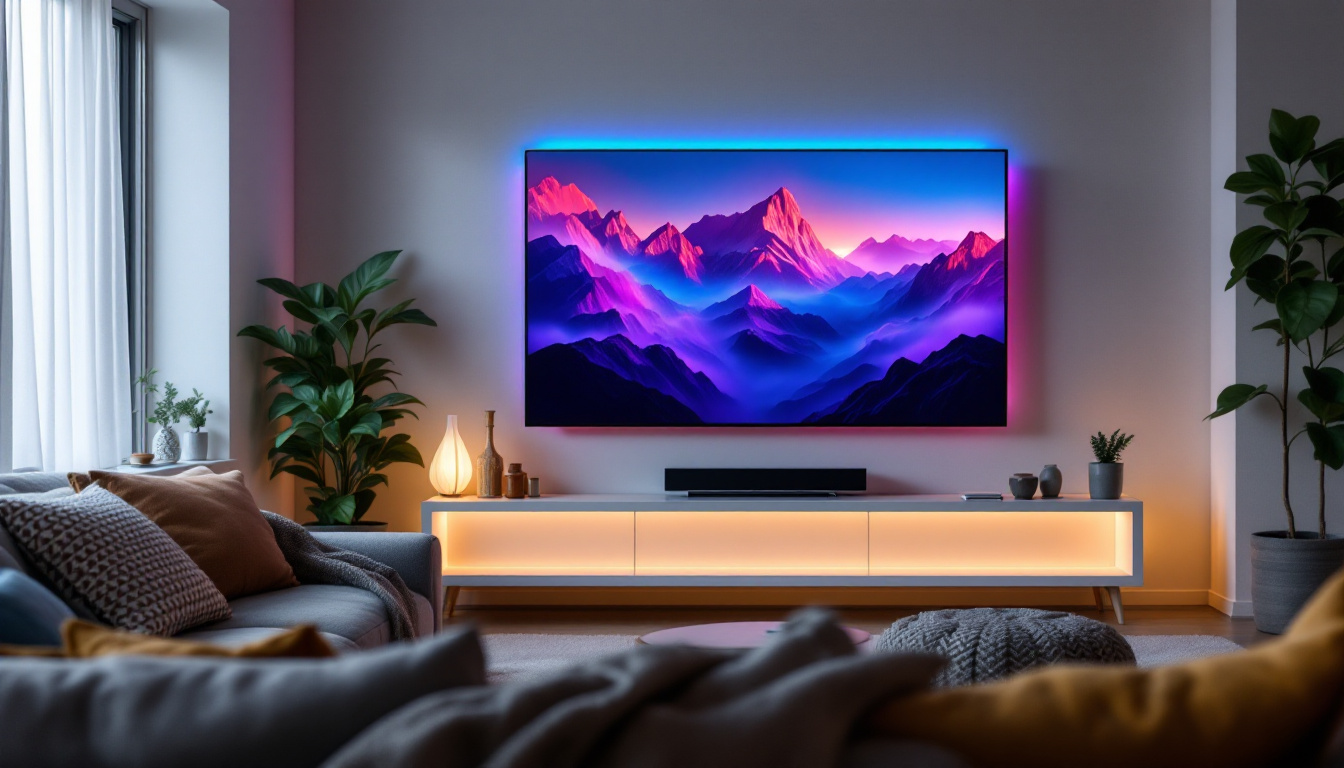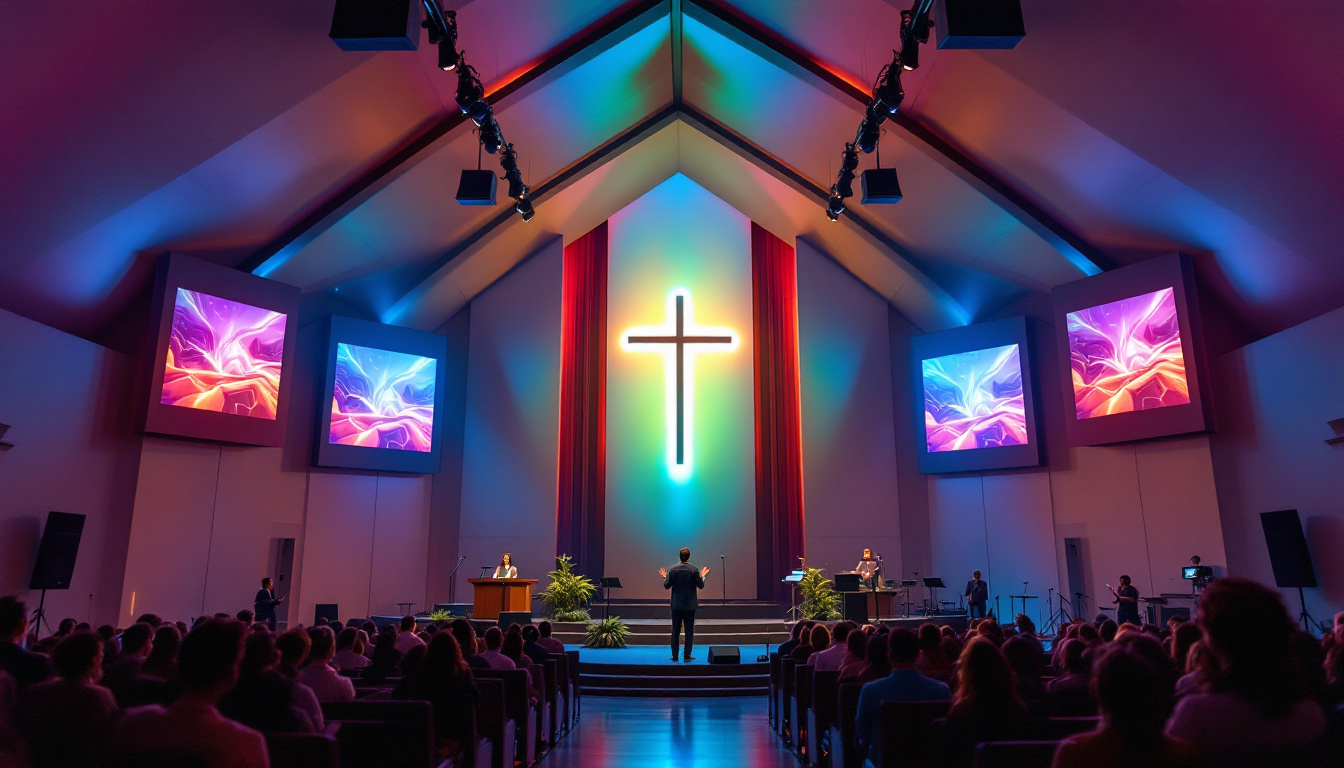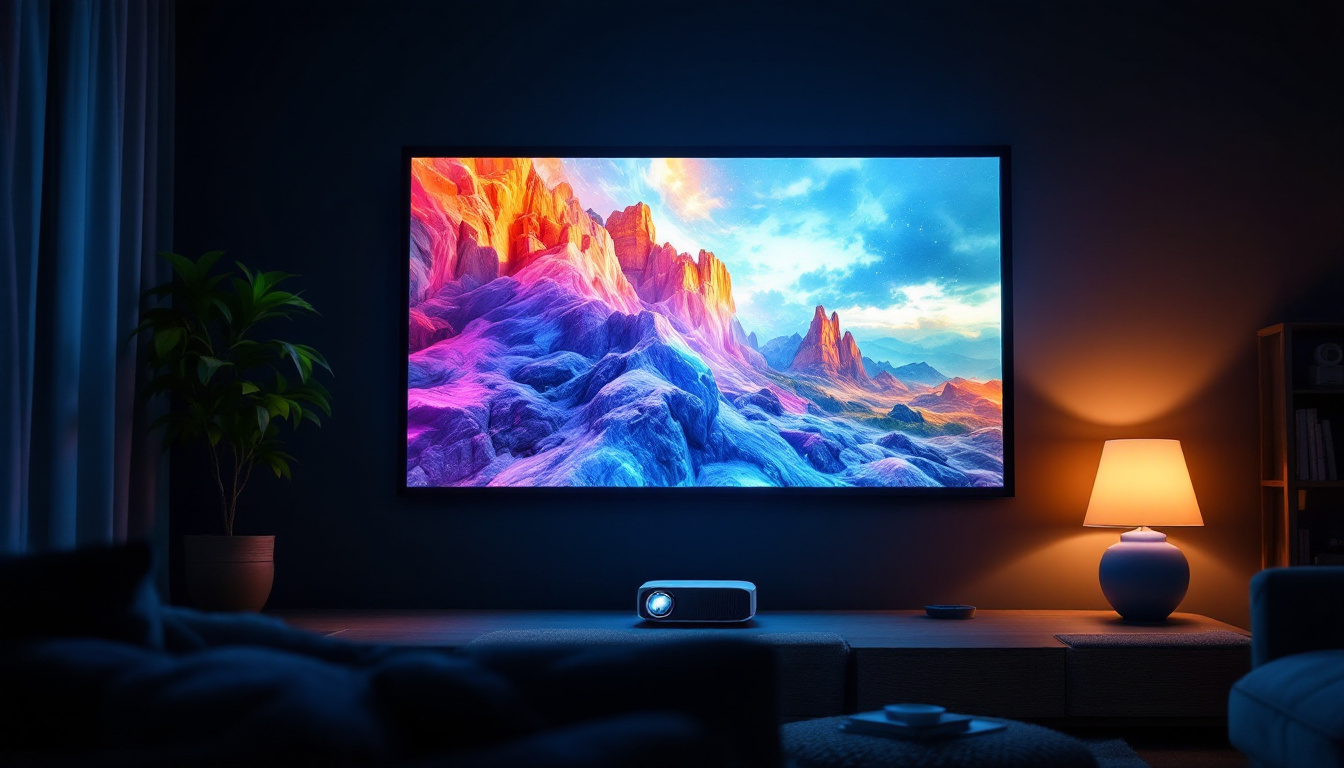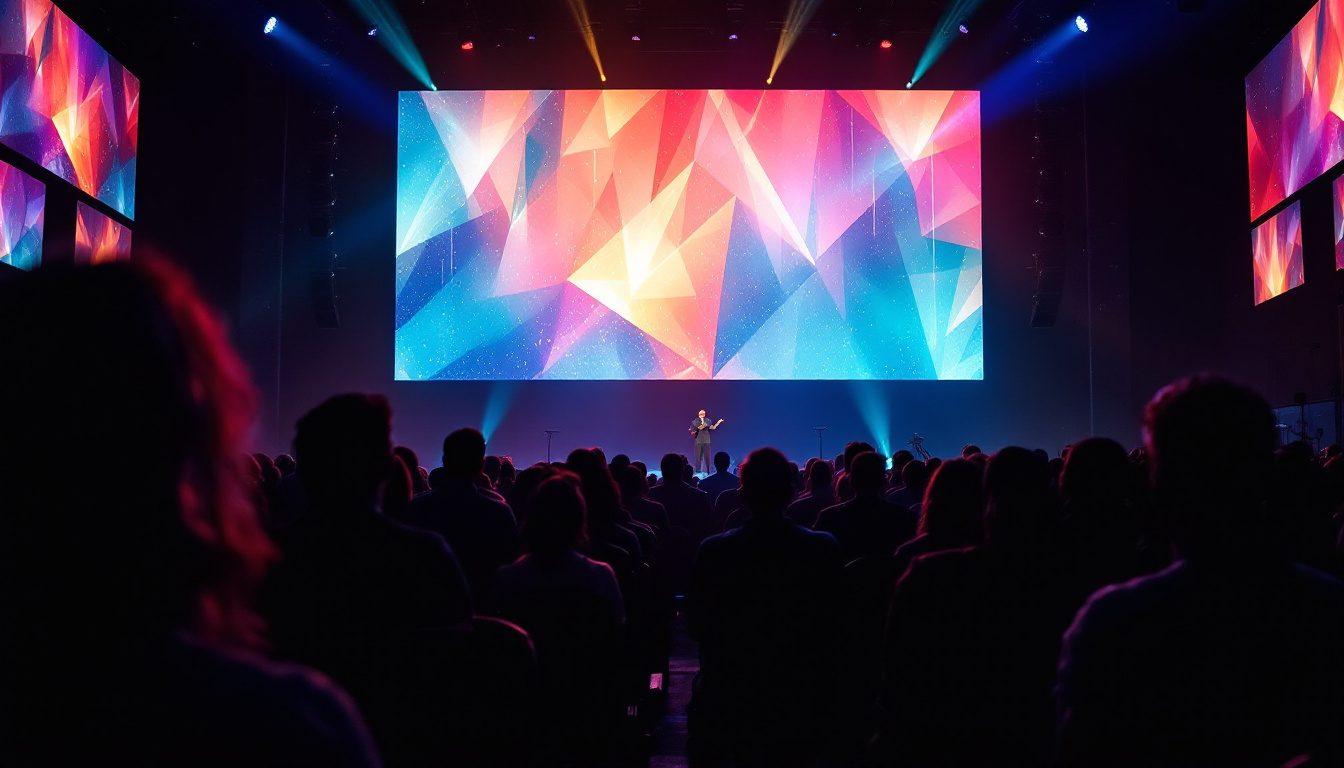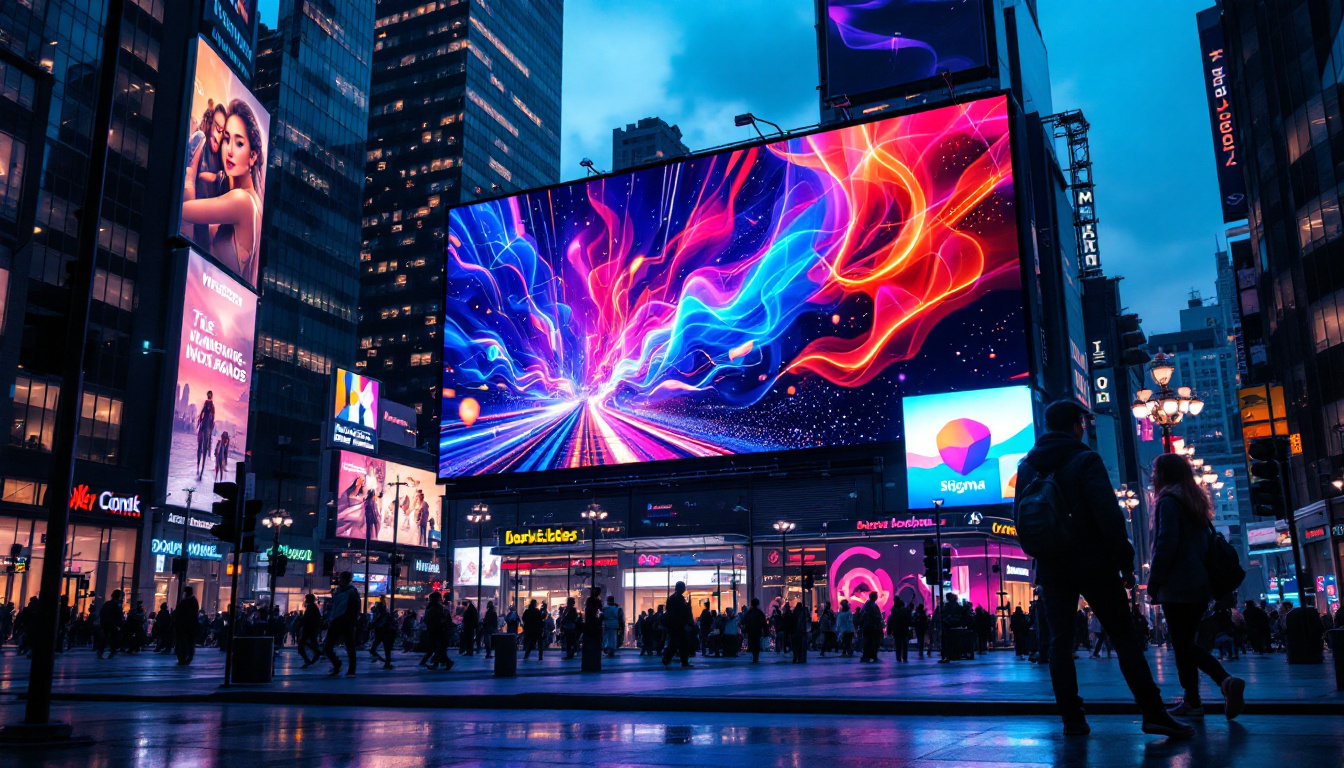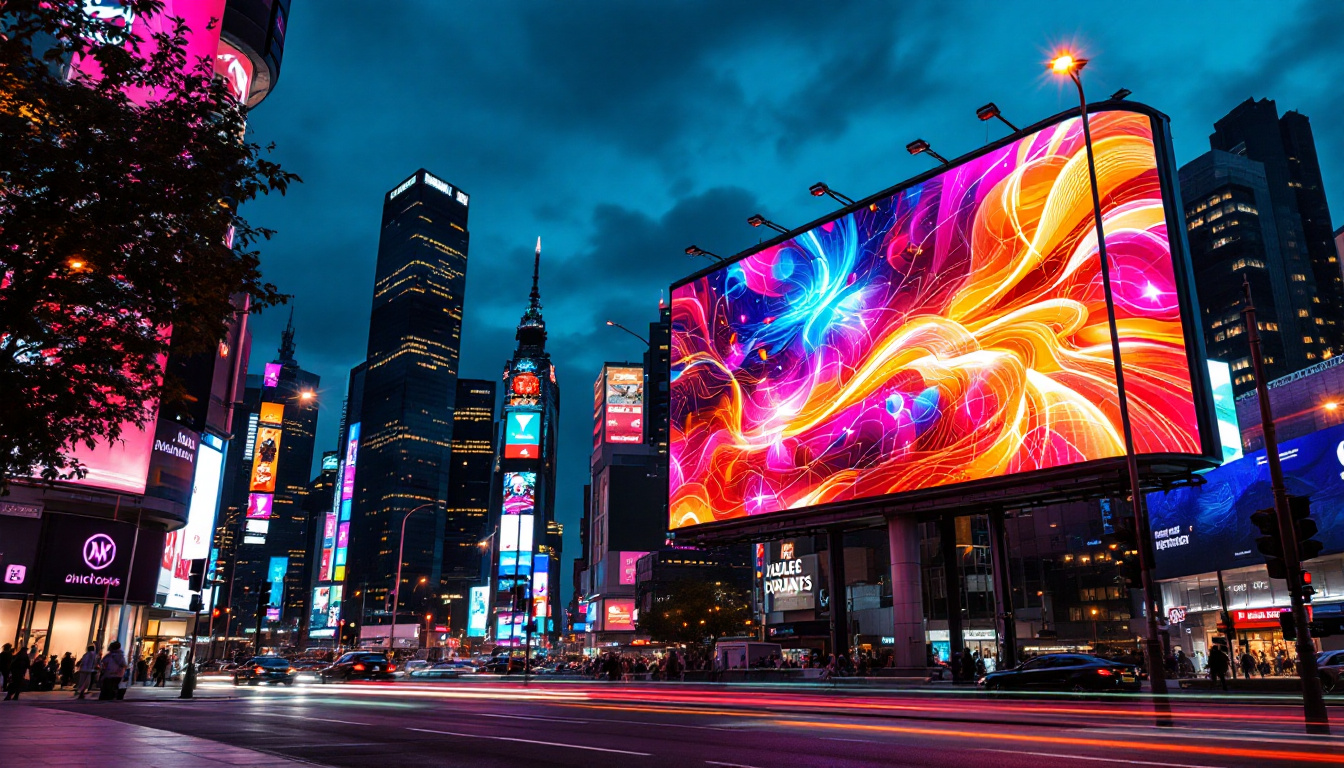In the world of video production, lighting is one of the most critical elements that can make or break a project. Among the various lighting options available, LED lights have emerged as a popular choice due to their versatility, efficiency, and quality. This article delves into the intricacies of LED lights for video, exploring their features, benefits, and applications in the industry.
Understanding LED Technology
Light Emitting Diodes (LEDs) are semiconductor devices that emit light when an electric current passes through them. Unlike traditional incandescent bulbs, which generate light through heat, LEDs are highly efficient and produce less waste energy. This efficiency translates into longer lifespans and lower energy costs, making them an attractive option for videographers and filmmakers. The advent of LED technology has revolutionized the lighting industry, allowing for innovative designs and applications that were previously unattainable with older lighting systems.
Moreover, LED lights are not only energy-efficient but also environmentally friendly. They contain no toxic materials, such as mercury, which is commonly found in fluorescent lights, and they are 100% recyclable. This eco-conscious aspect of LED technology appeals to many filmmakers who are looking to reduce their carbon footprint while still achieving high-quality lighting for their projects. As sustainability becomes increasingly important in the film industry, the shift towards LED lighting is not just a trend but a necessary evolution.
The Basics of LED Lights
LED lights are available in various forms, including panels, tubes, and spotlights. Each type serves different purposes in video production. For instance, LED panels are often used for soft lighting, while spotlights can create focused beams for dramatic effects. Understanding the different types of LED lights and their applications is essential for achieving the desired visual effects in video projects. Additionally, many LED lights come with adjustable settings, allowing filmmakers to modify brightness and color temperature on the fly, which is particularly useful during dynamic shoots where lighting conditions may change rapidly.
Furthermore, the portability of LED lights adds to their appeal. Many models are lightweight and battery-operated, making them easy to transport and set up in various locations, from outdoor shoots to cramped indoor spaces. This flexibility enables filmmakers to experiment with lighting in ways that were previously cumbersome or impossible with traditional lighting setups. As a result, LED technology not only enhances the visual quality of video productions but also empowers creators to explore their artistic vision without the constraints of heavy and cumbersome equipment.
Color Temperature and CRI
One of the significant advantages of LED lights is their ability to produce a wide range of color temperatures. Color temperature is measured in Kelvin (K) and affects the mood and tone of the footage. For example, a cooler temperature (around 5600K) is ideal for daylight simulations, while warmer temperatures (around 3200K) are suitable for indoor settings. Additionally, the Color Rendering Index (CRI) measures how accurately a light source displays colors. A CRI of 90 or above is generally considered excellent for video work. This high level of color accuracy is crucial for filmmakers who need to ensure that the colors in their footage are true to life, particularly in projects where color grading plays a significant role in the storytelling process.
Moreover, many modern LED lights come equipped with advanced features such as RGB capabilities, allowing for a broader spectrum of colors to be produced. This versatility not only enhances creative possibilities but also enables filmmakers to create specific moods and atmospheres that align with their narrative intentions. For instance, using colored LED lights can evoke emotions or highlight particular elements within a scene, providing an additional layer of depth to the visual storytelling. As technology continues to advance, the integration of smart controls and app-based management systems in LED lighting is becoming more common, allowing filmmakers to fine-tune their lighting setups with precision and ease, further enhancing the overall production quality.
Advantages of Using LED Lights for Video
LED lights offer numerous benefits that make them a preferred choice for video production. Their unique characteristics not only enhance the quality of the footage but also improve the overall production experience.
Energy Efficiency
One of the most significant advantages of LED lighting is its energy efficiency. Compared to traditional lighting options, LEDs consume significantly less power, allowing filmmakers to reduce energy costs while maintaining high-quality lighting. This efficiency is particularly beneficial for long shoots, where lighting can consume a considerable amount of power over time.
Longevity and Durability
LED lights have a much longer lifespan than traditional bulbs, often lasting up to 25,000 hours or more. This durability means less frequent replacements, which can save both time and money in the long run. Additionally, LEDs are more resistant to shocks and vibrations, making them ideal for on-location shoots where equipment may be subject to rough handling.
Versatility and Control
LED lights are incredibly versatile, allowing filmmakers to achieve various lighting effects. Many LED fixtures come with adjustable brightness and color temperature settings, enabling users to customize their lighting setup to suit specific scenes. Some advanced models even offer wireless control options, allowing for seamless adjustments during a shoot without disrupting the flow of production.
Applications of LED Lights in Video Production
The versatility of LED lights makes them suitable for various applications in video production, from interviews and documentaries to narrative films and commercials.
Interviews and Talking Heads
In interview setups, proper lighting is crucial for creating a professional look. LED panels can provide soft, even lighting that flatters subjects and reduces harsh shadows. By positioning the lights at the right angles, filmmakers can achieve a natural and engaging look that keeps the audience focused on the speaker.
Product and Commercial Shoots
For product photography and commercial shoots, accurate color representation is vital. LED lights with high CRI ratings ensure that colors appear true to life, making products more appealing to potential customers. Additionally, the ability to adjust color temperature allows for creative lighting setups that can enhance the product’s features.
Creative Lighting Techniques
LED lights can also be used to create dramatic effects in narrative filmmaking. Techniques such as backlighting, rim lighting, and colored gels can be easily achieved with LED fixtures. This flexibility allows filmmakers to experiment with different looks and styles, enhancing the storytelling aspect of their projects.
Choosing the Right LED Lights for Your Needs
With numerous options available on the market, selecting the right LED lights for video production can be overwhelming. Several factors should be considered to ensure that the chosen lights meet the specific requirements of a project.
Budget Considerations
Budget is often a primary concern when investing in lighting equipment. While high-end LED lights may offer advanced features and superior performance, there are plenty of affordable options that provide excellent quality for independent filmmakers and small production teams. It’s essential to balance quality with budget constraints to make informed purchasing decisions.
Lighting Setup and Portability
Consideration of the lighting setup is crucial when choosing LED lights. For on-location shoots, portability and ease of setup can significantly impact production efficiency. Lightweight LED panels or portable kits can be advantageous for filmmakers who need to move quickly between locations.
Future-Proofing Your Investment
As technology continues to evolve, investing in LED lights with upgradable features or compatibility with future accessories can be a wise decision. This foresight ensures that the equipment remains relevant and functional as production needs change over time.
Best Practices for Using LED Lights in Video Production
To maximize the benefits of LED lights, filmmakers should adopt certain best practices that enhance their effectiveness and improve the overall quality of the footage.
Understanding Lighting Ratios
Lighting ratios refer to the relationship between the key light and fill light in a scene. Understanding how to manipulate these ratios can significantly impact the mood and depth of the footage. By adjusting the intensity of the lights, filmmakers can create different effects, from high-contrast dramatic scenes to soft, evenly lit environments.
Utilizing Diffusers and Reflectors
To achieve softer lighting and reduce harsh shadows, using diffusers and reflectors can be beneficial. Diffusers soften the light, while reflectors can bounce light back onto the subject, filling in shadows and creating a more balanced look. Many LED lights come with built-in diffusion options, but additional accessories can enhance the results even further.
Experimentation and Creativity
Finally, experimentation is key to mastering LED lighting. Filmmakers should take the time to test different setups, angles, and color temperatures to discover what works best for their specific projects. Embracing creativity and thinking outside the box can lead to unique and visually stunning results.
Conclusion
LED lights have revolutionized the way video production is approached, offering filmmakers a combination of efficiency, versatility, and quality. Understanding the technology behind LED lighting, its advantages, and its applications can empower creators to elevate their work and achieve professional results. By choosing the right equipment and employing best practices, filmmakers can harness the full potential of LED lights, ensuring that their projects shine brightly in an increasingly competitive landscape.
As the industry continues to evolve, staying informed about advancements in LED technology and lighting techniques will be crucial for filmmakers looking to push the boundaries of their craft. Embracing innovation while mastering the fundamentals will undoubtedly lead to captivating visual storytelling that resonates with audiences around the world.
Discover LumenMatrix’s Advanced LED Solutions
Ready to take your video production to the next level with the latest in LED display technology? Look no further than LumenMatrix, a pioneer in crafting immersive visual experiences through innovative LED display modules. Whether you’re in need of an Indoor LED Wall Display, a dynamic Outdoor LED Wall Display, or specialized solutions like Vehicle LED Displays and LED Sports Displays, LumenMatrix has you covered. Elevate your brand’s presence and captivate your audience with our versatile offerings, including LED Poster Displays, Floor LED Displays, Custom LED Displays, All-in-One LED Displays, and even LED Transparent Displays. Embrace the future of visual communication with LumenMatrix and make a lasting impact. Check out LumenMatrix LED Display Solutions today and transform your creative vision into a breathtaking reality.

